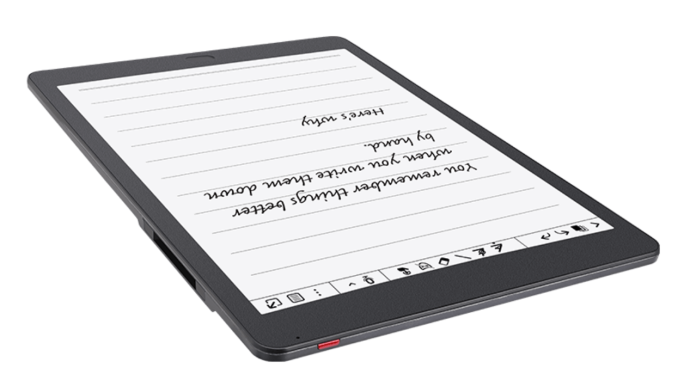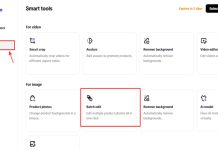A cutting-edge electronic device called an E-ink tablet combines the tactile pleasure of old-fashioned handwriting with cutting-edge digital technology. These tablets simulate the appearance of ink on paper using E-ink (electronic ink) displays, producing a reading and writing experience that closely resembles the sensation of conventional pen and paper.
As opposed to conventional backlit panels, E-ink technology reflects ambient light, creating a glare-free display that dramatically lessens eye fatigue. With the tactile experience of a pen on paper, these tablets are made to provide users with a cozy and authentic writing experience. An e Ink tablet is portable and ideal for a variety of uses, including note-taking, document annotation, and even digital drawing.
Are E Ink Tablets Internet-Connected?
Many E Ink tablets have internet connectivity capabilities, enabling users to access online resources, sync documents, and even browse the internet. Different brands and models have different levels of connectivity, with some tablets including Wi-Fi for easy cloud service integration. Users can access e-books, synchronize their notes across devices, and maintain connections in a digital setting by using the internet.
While providing a comfortable and paper-like writing experience is frequently the main goal of E Ink tablets, the addition of internet connectivity increases their adaptability by enabling users to access a wealth of information and resources while still taking advantage of the special benefits of E Ink displays, such as decreased eye strain and increased battery life.
Differences Between an e-reader and an e-ink Tablet
E Ink tablets and e-readers are similar in that they both employ E Ink technology for their screens, but they also have different functions and designs that are used for different reasons. Here is a comprehensive comparison:
Functionality
These gadgets are adaptable and have uses besides e-reading. E Ink tablets frequently support a wide range of applications, such as note-taking, document annotation, and occasionally even simple sketching or drawing. They might also contain features like handwriting recognition and note conversion from handwritten to editable text.
On the other hand, e-readers are created exclusively for reading digital literature. Modern e-readers may have functions like note-taking and online browsing, but their main purpose is to offer the best reading experience possible.
Note-Taking Capabilities
E Ink tablets often feature strong note-taking capabilities because they are designed for productivity. They are great for students or professionals who wish to try using a digital notebook because users can write directly on the screen with a stylus or finger. E-readers may contain rudimentary annotation functions like underlining and adding notes, but they typically have less robust note-taking capabilities than E-Ink tablets.
Additional Features:
These devices frequently have extra capabilities like Wi-Fi connectivity, cloud syncing, and app compatibility. Some devices might also enable simple web browsing, giving consumer’s access to a more varied digital experience outside of reading.
E-readers’ main goal is to create the best possible reading environment. While some models include basic web browsing and app capability, they typically have fewer extra functions than E Ink tablets.
Design and Form Factor
These gadgets might look more like tablets and have touchscreens for interaction and navigation. They could have color E Ink screens or perhaps front-lit ones, providing a wider spectrum of visual experiences.
Simple, lightweight designs that are optimal for reading are frequently prioritized in e-readers. For navigation, they frequently use touchscreens or actual buttons. For better visibility in varied lighting situations, some e-readers additionally feature front lighting.
Intended Use Cases:
Reach out to a wider audience, including those who need a flexible digital tool for uses other than reading, such as students, professionals, and creative. E-readers primarily serve die-hard readers looking for a specialized device for a cozy and engaging reading experience.
Final Talk
Even though both e-ink tablets and e-readers use the technology, they differ in terms of usefulness, extra features, and style. E-readers are designed primarily for the immersive reading of digital books, but e-ink tablets are more adaptable and function as multipurpose digital gadgets. E-Ink writing tablets are positioned to become more and more important in our digitally driven society as technology advances.













